Daoism is at the root of Chinese Culture and contains values and techniques aimed at solving the difficulties that our modern society is facing in this turbulent 21st century. As the number of participants to this forum demonstrates, Daoism has also acquired an “International status” and many people from all over world want to deepen their Daoist knowledge and practice. Whether one approaches Daoism from a religious, philosophical, or ethical point of view, nobody can help but notice how much wisdom it contains. Being born and kept in China for centuries or even millennia those pearls of wisdom are however hidden in the depth of Chinese characters (汉子). For westerners, access to those invaluable teachings can still be a long, exciting but also exhausting pilgrimage into the deep valleys of Chinese Culture; taking my own path as an example, I had to leave my job, family, and country to venture alone to China, learn Chinese language, adapt to a new climate and a new culture, face wild beasts while traveling through mountains looking for masters (it is true that I met big snakes in Yunnan and one bear in Zhongnan shan). Although this was a thrilling and a very enriching adventure this also entailed some hardship for myself but also my family; thus this way of accessing Daoism cannot be expected from the majority of westerners and easier approaches need to be created.
How can one stay healthy if blockages on the main meridians stop Qi from circulating; how can a culture spread if its access his restrained? During my 20 years of Daoist practice, the blockages to the diffusion of Daoism I observed can be divided into two categories: difficulty of access to the texts and access to the places of practices.
Indeed while the Buddhist canon has been for most part translated into English and other languages, there is only far less than 0.5 % of the Daoist canon translated. There are currently many groups of scholars and departments in universities solely dedicated to the translation of the Buddhist canon; most of them are sponsored by private believers or temples. Concerning Daoism there is still no translation project. Some great efforts have been made by a few independent scholars who took on their own time and money to translate a few texts. Obviously the Daodejing, the Zhuangzi, Liezi, are part of those translated texts, but what of the other 1500 texts of the Daoist Canon? Are they not an important part of Chinese Culture? There was a time when Chinese emperors dedicated huge efforts to the regular edition and publication of the Daoist Canon because they considered each line of the 1500 texts the root and treasure of Chinese Culture. Thus those texts had to be preserved, published and spread at all cost in order to diffuse Chinese wisdom. How can China demonstrates the richness of its culture If its core is still kept locked and hidden into an untranslated Daoist Canon?
Chinese people do know how translation’s work is the pivot of cultural transmission. This is at the White Goose Pagoda in Xian during the Tang dynasty that the translation of the Buddhist texts from Pali to Chinese contributed to the diffusion of Buddhism from India towards the whole of Asia and then into the rest of the world. I did use this example exactly 10 years ago during my speech at the first International Daoist forum in Xian. Since then, high speed trains have spread across China, the Chinese economic boom has swept across the world, Chinese movies have become big hit on the American cinema, a Chinese actress is member of the Cannes Festival, and…the pearls of Chinese Culture inside the Daoist canon are still inaccessible to the rest of the world.
Through Texts, culture can spread everywhere swiftly, can be stored on one’s bedtable, accessed with the click of a computer, and kept in one’s hand luggage. It spreads as fast and effortlessly as water quenches the thirst of the thirsty. At first digging the well demands effort and so would the creation of a Daoist translation center; but how rewarding would this effort be when, the thirst of so many could be eased? Is it not the responsibility and the precepts taken by the Taoists to ease the pain of others and to teach those techniques and wisdom that help one to regulate emotions, maintain good health and act ethically in society? Are not the texts repositories of those teachings?
Culture spreads through texts but also through centers and teachers; in a word, it spreads through a learning center, may it be called a temple, college or institute. When western friends ask me where to go to learn Daoism, where is the institute, the college, the learning center? Well, I still hesitate as to know what the correct answer is. It is so easy to answer when one asks me where to go to learn Confucianism? Well go to a Confucius institute; to learn Buddhism? Well go to the Buddhist temple in your area (there are Buddhist temples in most cities of Europe). Fifteen years ago this situation made me move to China where there were Daoist temples. Now, back in Europe, this situation has not changed much so I started to renovate an old abandoned building that used to belong to my deceased father. Now I can tell those friends to come but don’t forget to bring your building tools because there is no funding yet as few people in Europe have a strong enough devotion to Taoism to donate money to build a temple. So let s build it ourselves with our hands. It is a very exciting adventure and the beginning of a little contribution to the development of Taoism.
But today this International Daoist Forum represents the beginning of a great contribution from so many devoted people; something I have dreamed about for a long time: the creation of the World Taoist Federation. This World Taoist federation, in time of drought represents the so much needed well that can quench the thirst of so many. Such a federation which sole aim is to help the dissemination of Daoism abroad will be the mean to create a translation center as well as teaching centers to transmit Daoist culture to foreigners in China and in the west. It is through collaboration that truly useful projects can emerge, grow and benefit the world. As the famous French philosopher Antoine de Saint-Exupery (安托萬德聖-修伯里) puts it:" The stone has no hope to be anything else than a stone. But together with many other stones it becomes a temple. "
(作者:景秀道长博士法国江南娱乐在线登录账号 协会成立人及会长,全真龙门派32代)

流泪
0人

鼓掌
0人

愤怒
0人

无语
0人

欢迎投稿:
Email:server#daoisms.com.cn(注:发邮件时请将#改为@)
免责声明:
1、“江南app下载-官方网站 ”所载的文、图、音视频等稿件均出于为公众传播江南娱乐在线登录账号 文化之目的,并不意味着赞同其观点或证实其内容的真实性,我们不对其科学性、严肃性等作任何形式的保证。如其他媒体、网络或个人从本网下载使用须自负版权等法律责任。
2、本网站内凡注明“来源:江南app下载-官方网站 ”的所有文字、图片和音视频稿件均属本网站原创内容,版权均属“江南app下载-官方网站 网站”所有,任何经营性媒体、书刊、杂志、网站或个人未经本站协议授权不得转载、链接、转贴或以其他方式复制发表。已经本网协议授权的媒体、网站,在下载使用时必须注明“来源:江南app下载-官方网站 ”, 违者将依法追究责任。
3、凡本站转载的所有的文章、图片、音频、视频文件等资料的版权归版权所有人所有,本站采用的非本站原创文章及图片等内容均标注来源,由于无法一一和版权者联系,如果所选内容的文章作者认为其作品不宜上网供大家浏览,请及时用电子邮件或电话通知我们,以便迅速采取适当措施。
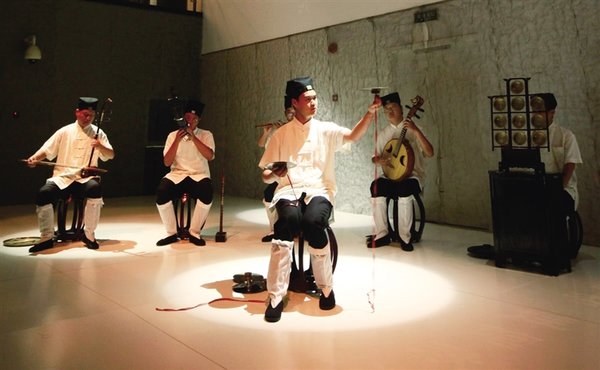
苏州江南娱乐在线登录账号 姑苏仙乐团在上海世博会上演出 江南娱乐在线登录账号 音乐是伴随江南娱乐在线登录账号 产生、发展而逐渐形成的,是江南娱乐在线登录账号 文化的重要组成部分...[详细]
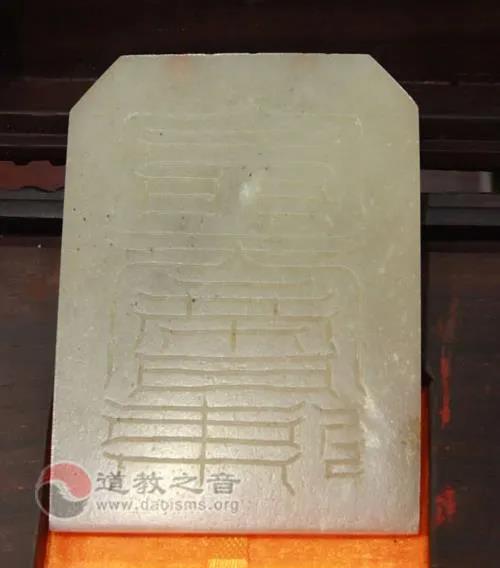
图注:茅山四宝之玉符 读道经时,很多对天尊的描述,前面都会加上一些对环境、功德、品格等方面的描述语,如高...[详细]
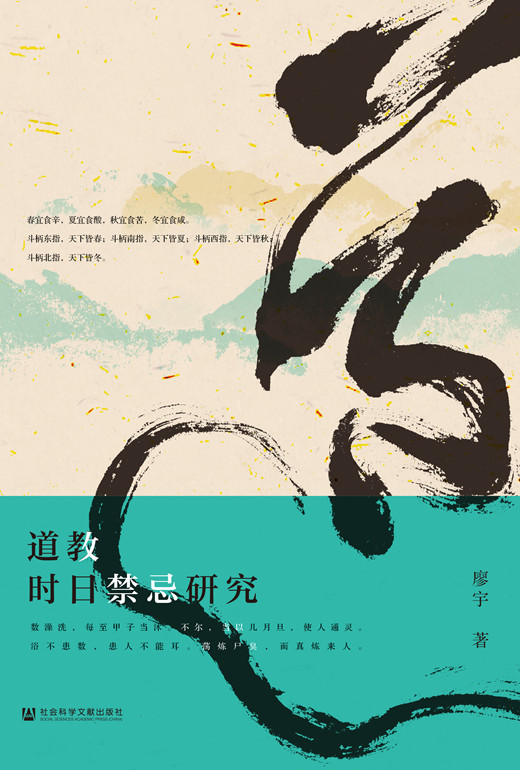
建除术是中国古代的一种选择方术。建除术在秦汉时期颇为流行,《史记日者列传》有建除家,可见西汉时期,建除...[详细]
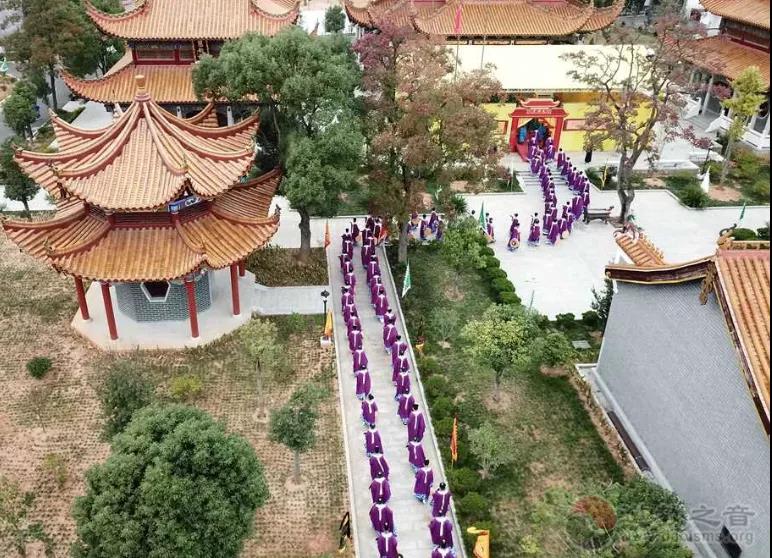
在《道德经》中有一个非常著名且非常关键的比喻,源于经文的第五章,其曰:天地之间,其犹橐龠乎?虚而不屈,...[详细]
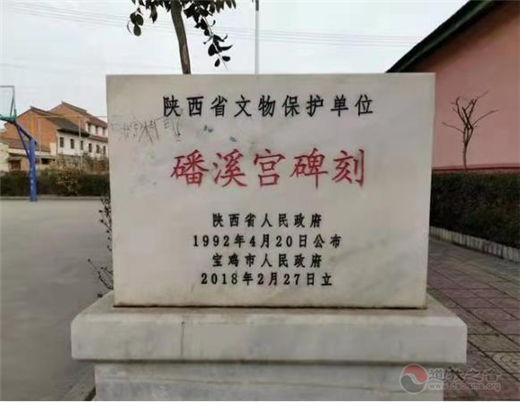
2021年8月25日宝鸡市老子文化研究会会长易渲承邀我参加磻溪宫邱处机版《道德经》经幢的校勘活动。除观看校勘人员...[详细]